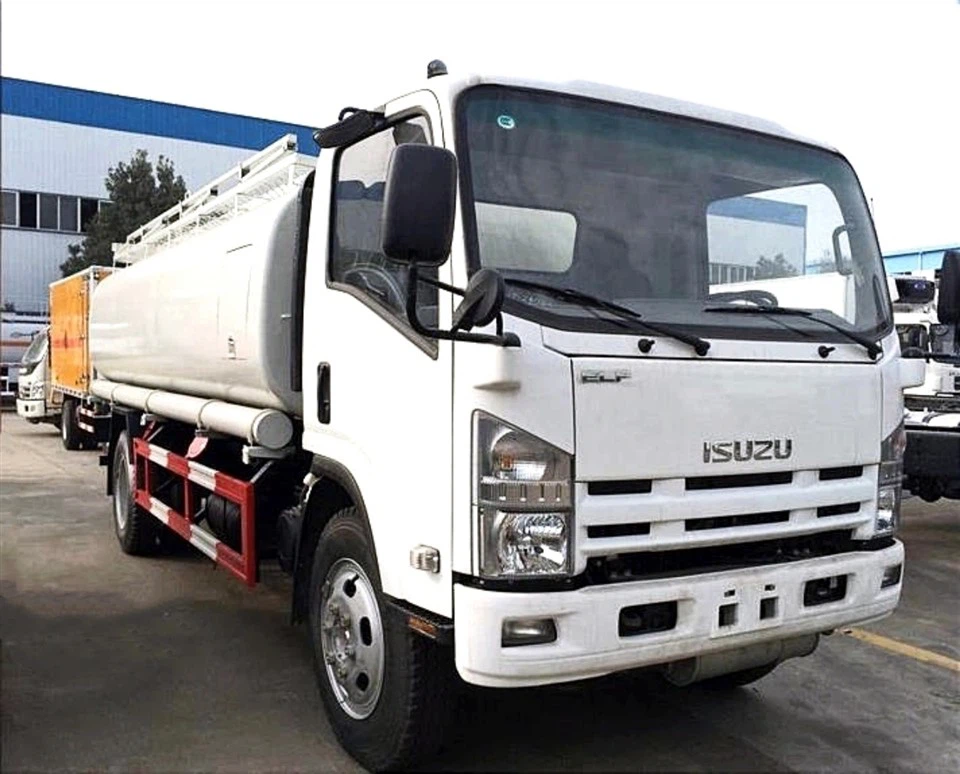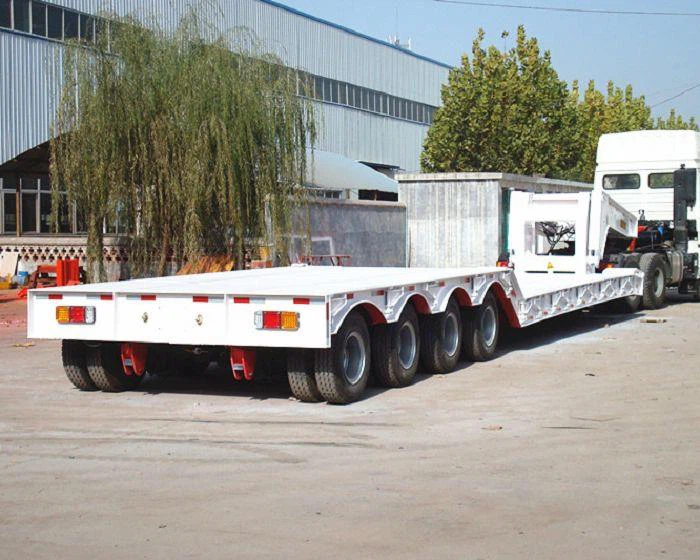Motorhome Transit: The Ultimate Guide to Your Adventure

Traveling in a motorhome offers a unique chance to explore beautiful landscapes while enjoying the comforts of home. The term “motorhome transit” combines both the operational aspects of traveling in a motorhome and the excitement of journeying to various destinations. In this extensive guide, we will delve into what motorhome transit entails, planning your route, essential tips for smooth travels, types of motorhomes, and much more. Whether you’re an experienced RV enthusiast or a first-timer, this article will equip you with valuable insights for an enjoyable journey.
What is Motorhome Transit?
Motorhome transit refers to the process of traveling in a motorhome, navigating from one destination to another. This includes planning your route, understanding vehicle operation, and knowing how to handle any situations that arise during travel. It is more than just moving from point A to point B; it’s about the experiences you gather along the way.
The Different Types of Motorhomes
Understanding the various types of motorhomes is crucial in planning your transit. Each type has its unique features, benefits, and drawbacks.
Class A Motorhomes
Class A motorhomes are the largest and often provide the most luxurious experience. They are usually built on a bus chassis and can include amenities such as spacious living areas, multiple slide-outs, and high-end finishes.
Pros and Cons
| Pros | Cons |
|---|---|
| Spacious and comfortable | Higher fuel consumption |
| Luxury amenities | More expensive |
Class B Motorhomes
Often referred to as camper vans, Class B motorhomes are compact and easy to drive. They offer functional living spaces but may lack some luxuries.
Pros and Cons
| Pros | Cons |
|---|---|
| Easy to maneuver | Limited living space |
| Fuel-efficient | Fewer amenities |
Class C Motorhomes
Class C motorhomes are identifiable by their over-cab sleeping area. They offer a middle ground in terms of size and amenities, making them a popular choice for families.
Pros and Cons
| Pros | Cons |
|---|---|
| Family-friendly | Less space than Class A |
| Wider variety of prices | Handling can be challenging |
Planning Your Motorhome Transit
Choosing Your Route
Careful route planning is essential for a smooth motorhome transit. Consider the following factors:
- Road conditions and vehicle restrictions
- Availability of RV parks and campgrounds
- Points of interest along the way
Key Tools for Route Planning
Utilizing the right tools can make a huge difference:
- GPS Systems: Use GPS tailored for RVs for accurate navigation.
- Mobile Apps: Apps like Roadtrippers can help plan trip stops and attractions.
- Maps: Traditional maps are a good backup in case of poor signal.

Essential Pre-Transit Checks
Before hitting the road, perform necessary checks on your motorhome to ensure a safe journey:
Mechanical Checks
- Inspect tires for wear and proper inflation.
- Check engine oil, coolant, and other fluids.
- Ensure brakes, lights, and signals are working properly.

Interior and Living Space Checks
- Test all appliances, including the refrigerator and stove.
- Make sure your water system is functioning.
- Secure all items to avoid damage during transit.

Travel Tips for a Smooth Motorhome Transit
Pacing Yourself
It’s important not to rush your journey. Consider scheduling breaks every couple of hours to stretch, relax, and refuel.
Safety Tips on the Road
- Always maintain a safe distance from other vehicles.
- Be mindful of weather conditions and adjust your driving accordingly.
- Familiarize yourself with the motorhome size, especially when changing lanes or making turns.
Staying Connected
Enhance your travel experience by staying connected to loved ones. Consider investing in a mobile Wi-Fi hotspot to share your adventures in real time.
Finding Campgrounds and RV Parks
Choosing the right place to stay is vital for a successful motorhome transit. Here are some tips:
Researching Campgrounds
- Use websites like Campendium and AllStays to discover RV parks.
- Check reviews for amenities and overall camping experience.
Types of Campgrounds
Understanding the different types of campgrounds can help you find the right fit:
- Public Parks: Often inexpensive with basic amenities.
- Private RV Parks: Typically offer full hookups and additional amenities.
- National Parks: Provide beautiful settings, but may require reservations in advance.
Motorhome Maintenance Tips During Transit
Regular maintenance is crucial for ensuring your motorhome operates smoothly. Consider the following:
Routine Checks
- Monitor fuel levels and plan stops accordingly.
- Check water levels and empty waste tanks as needed.
Emergency Kits
Keep an emergency kit handy in case of mechanical issues or accidents. Essentials to include:
- Basic tools
- First aid supplies
- Emergency road flares
Understanding Motorhome Regulations
Each state and country can have different regulations regarding motorhome travel. Make sure to familiarize yourself with these:
Licensing Requirements
Depending on the size of the motorhome, special licenses may be necessary. Check local regulations before traveling.
Parking and Campground Rules
Always follow parking and campground rules for a harmonious stay, including noise regulations and use of facilities outside your motorhome.
Frequently Asked Questions (FAQ)
1. What is the best type of motorhome for first-time buyers?
Class C motorhomes are often recommended for first-time buyers due to their manageable size and family-friendly design.
2. How can I save money on fuel while traveling in a motorhome?
To save fuel, drive at a steady speed, reduce idling time, and consider using fuel-efficient routes.
3. Are there motorhome transit apps available for planning my route?
Yes, apps like RV Trip Wizard and Roadtrippers can assist in route planning and locating RV-friendly services.
4. What essential items should I pack for a motorhome trip?
Essentials include cooking supplies, clothing suitable for the weather, first aid kit, and any personal items you’ll need.
5. How often should I have my motorhome serviced?
It’s advisable to service your motorhome at least once a year or more frequently based on usage and mileage.
6. Can I travel off-grid in a motorhome?
Yes, many motorhomes are equipped for off-grid living, but you’ll need to plan ahead for water and power needs.
